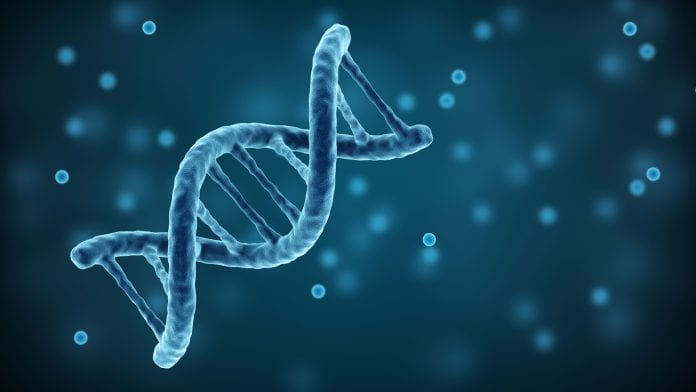
A new report has shown how microRNA that should attack COVID-19 is diminished with chronic conditions and age, and suggests that a ‘nose cocktail’ of these RNA could help vulnerable groups fight off the virus.
MicroRNA, which play an important role in the control of gene expression, are also vital in protecting the body from viruses. The new report shows that key microRNA, which should attack COVID-19, diminish if we have a chronic health condition and as we age. This explains why the elderly population and those with chronic conditions, such as diabetes and cardiovascular disease, are vulnerable to the virus.
The study was published in Aging and Disease, and was led by Dr Sadanand Fulzele, ageing researcher in the Department of Medicine and Center for Healthy Aging at the Medical College of Georgia at Augusta University, and Dr Carlos Isales, co-director of the MCG Center for Healthy Aging and chief of the MCG Division of Endocrinology, Diabetes and Metabolism.
Protecting our bodies from COVID-19 with microRNA
As key microRNA diminish the coronavirus is able to replicate better. The researchers are aiming to identify the biggest RNA protectors from the virus and discover a way to replenish them to help the body better fight the virus.
The researchers looked at the RNA sequence of two coronaviruses: SARS, which surfaced in 2002, and SARS-CoV-2, which causes COVID-19. They looked at the sequence of the microRNAs that appeared to be attacking the virus, then used computer simulation to figure out which would logically fit together.
Finding a total of 848 microRNAs that target the SARS genome and 873 microRNAs that target SARS-CoV-2 genome, the researchers discovered that 558 of the microRNAs fighting SARS are also present in SARS-CoV-2, while 315 microRNAs were unique to SARS-CoV-2, and 290 were unique to SARS.
MicroRNAs most proficient at attacking SARS-CoV-2 showed more than ten target sites and might ultimately be found to be the most proficient at fighting the virus.
In the 29 worldwide samples of SARS-CoV-2, 19 had identical microRNAs, which indicates the virus has a fairly uniform presence internationally and that any effective treatments or vaccines should have broad impact, Isales says.
Next steps include studies in culture and lab animals to ensure findings are consistent with the computer analysis of human microRNAs in this study.
Potential therapy for vulnerable groups
According to the researchers, cocktails of multiple key microRNA, potentially given through the nose, might help restore sufficient levels of the key virus fighters for elderly people.
Senior author Isales, said: “The most important and striking feature of COVID-19 is the increased case fatality rate in aged individuals,with the CDC reporting that nearly half of patients requiring hospitalisation are age 65 and older, and these more senior individuals account for about 80% of the deaths.
“My perspective is there is a key set of microRNAs that are important in triggering this abnormal response, in making older patients more susceptible. We are looking at microRNAs in general dropping, but there is a specific subset that is key. The question is whether we can we target those as a therapy.”
They researchers are already looking at producing synthetic microRNA that could supplement the RNA that is weakened by age or disease, Fulzele says. Future studies also include pinning down which microRNA would be most impactful as an adjunct therapy, for example with the drug remdesivir, under study now for COVID-19, which works to stop the virus’ pirating of healthy cell machinery.
Deficiencies in younger people
The study raises the question as to whether some younger people, who can become seriously ill from COVID-19, already don’t make sufficient numbers of some of the key protective microRNA.
“Normally your immune cells would go in and destroy them but you have this large viral load as they continue to replicate and you have all this abrupt inflammatory response,” says Isales, which ultimately results in the cytokine storms that help destroy rather than protect organs. He thinks the reduced number of key microRNA critical to the body attacking the virus is an enabler of the disaster than can follow.






















